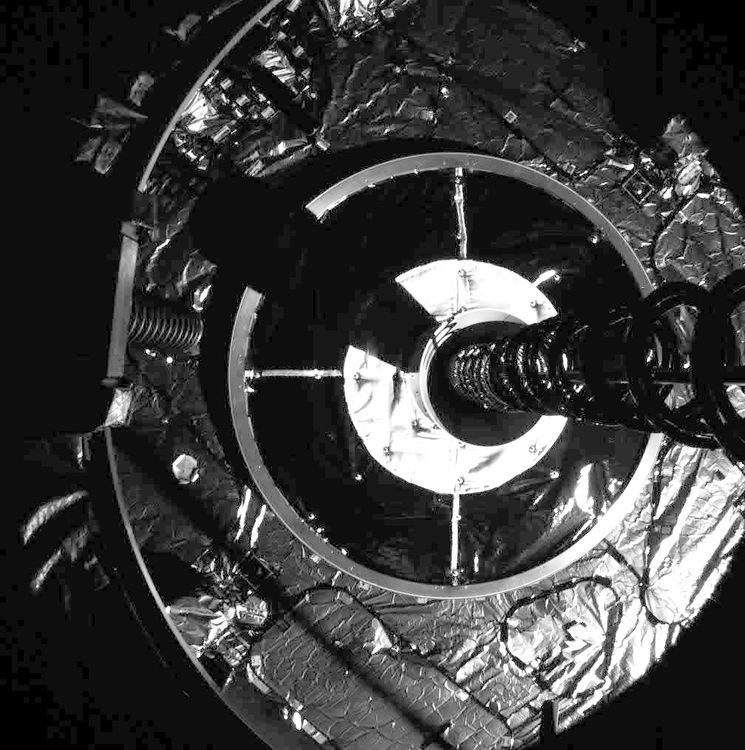The first-of-its-kind docking of a service spacecraft with its client spacecraft, in this case of MEV-1 with Intelsat 901, occurred at 0715 GMT on 25 February 2020. This was the first time that two commercial satellites had docked together in-orbit. It was also significant since the target satellite was not designed for docking, providing technical challenges that had to be overcome. The target, Intelsat 901, is a nearly 19-years-old communications satellite providing C- and Ku-band coverage, however it has nearly used up all of its fuel. The MEV-1 unit (Mission Extension Vehicle) is designed to dock to the satellite through its Apogee Kick Motor (AKM) and take over the station-keeping responsibilities of the older satellite.
Intelsat 901 had been moved up to 300 km above the geostationary belt in preparation for the docking. This was done to minimise any potential third-party damages resulting from the manoeuvre. Post-docking the combined stack will undergo a series of tests before it is moved back into the GEO belt. If testing is successful, Intelsat 901 is planned to replace its sister unit Intelsat 907 currently located at 332.5 degrees East.
Intelsat has contracted for the use of MEV-1 for five years, however the MEV units are reported to have enough fuel for 15 years in-orbit. This means that Northrop Grumman should be able to offer the MEV-1 to other customers for the mission extension service once its time with Intelsat is over.

The MEV-1 satellite docking with Intelsat 901. Courtesy of Northrop Grumman








